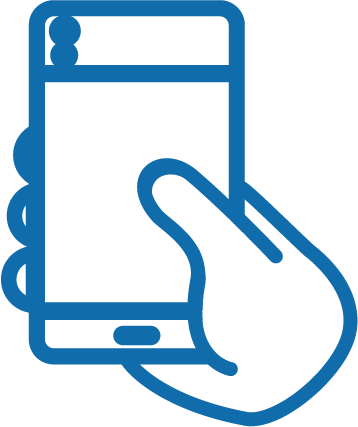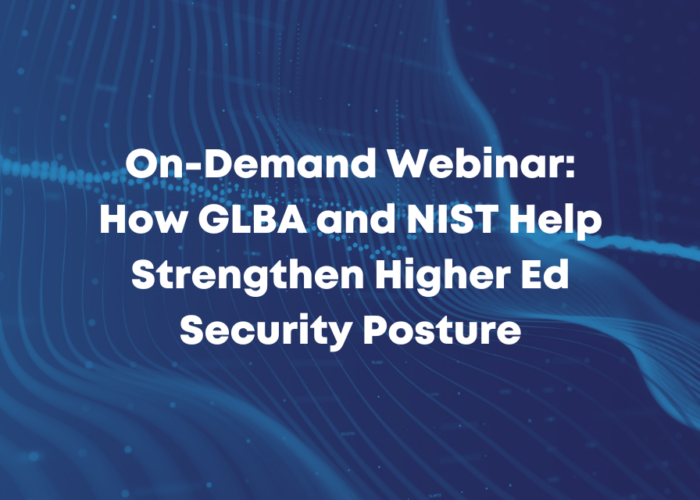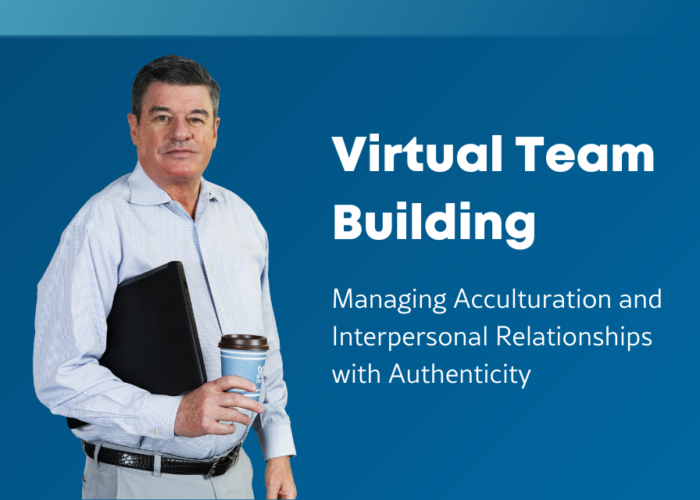A friend’s daughter is a freshman at a small university here in Texas. On a recent Sunday morning, her Wi-Fi connection in her residence hall dropped. [Sidenote: NOT an Apogee partner, ahem.] Thinking the problem must be on her end, she fired off a rapid series of urgent texts to dad. My internet’s not working. Why can’t I connect? Uggggh. Campus group chats lit up to discuss. Wi-Fi was down all over campus.
You’d be forgiven for assuming internet usage among college students would be low on an early Sunday morning. But the story above reaffirms what most of us already knew: Generation Z would rather lose an arm than lose their internet connection.
Recent statistics around Generation Z internet usage back this up. More than any previous generation, Gen Z begins using electronic devices at an early age. While younger members of the cohort may not yet have one of their own, 95% report owning or having access to a smartphone.
By the time they enroll in college, a multitude of devices is within arm’s reach. Smartphones, tablets, laptops and desktops, gaming consoles, and smart TVs make it easy for Gen Z to connect. Nearly half of all cohort members report being online more than 10 hours a day. This is an incredible number with obvious implications for how Gen Z consumes information and entertainment. But it also begins to explain why an even temporary loss of connectivity is so frustrating.
Today’s college students are true digital natives. Born into an era of connectivity, they intrinsically understand the value of technology and connectedness to everyday life. And they carry these beliefs and attitudes with them when they arrive on your campus.
A study by a University of Nebraska-Lincoln broadcasting professor sheds light on how digital nativism impacts Gen Z expectations for their on-campus educational experience. While students decidedly prefer face-to-face learning over remote, they also have high expectations for how technology is leveraged to enhance collaboration or support individual learning styles.
This is critically important as you consider the long-term value of blended learning. Synchronous and asynchronous modalities can dramatically improve the classroom experience. The ability to pause or rewind an in-person lecture or repeat in-class content at a later time are but a couple of ways blended learning can address student demands.
But campus administrators and leaders would do well to take an even broader view. For many schools, blended learning will be the first critical step toward enabling a smart campus – a connected ecosystem of classrooms and labs, teaching modalities, research, housing and dining, events, operations, and administration – creating a new, all-encompassing campus experience.
From innovative teach and learn technologies to more intuitive and frictionless tools and processes, a smart campus creates a new world of opportunities to engage and delight (or attract and retain) students. But where do you begin?
Start with your network infrastructure.
It’s virtually impossible to deliver a fresh, innovative on-campus experience without optimizing the performance and reliability of your network first. We get it. This is easier said than done. With no additional budget or people, you’re expected to update or improve your network and find the time to do the actual, you know, innovating part.
A thoughtful review of your existing network spend can help you sort out which investments no longer serve your institution’s long-term interests. Disinvesting in those activities and reinvesting in areas strategically aligned with your goals (i.e., rightsizing) is an excellent place to start. Rightsizing lets you do more within your existing budget while removing no- or low-value activities from your team’s workload.
Working with a managed services provider (MSP) takes this a giant step further. Acting as an extension of your team, a strong MSP partner ensures network performance and reliability on your behalf, enables predictable funding, and frees up your team to focus on the initiatives most important to you and your school. Blended learning and a smart campus are suddenly within your grasp.
The time to act is now.
Only so long ago, a loss of on-campus connectivity was a passing annoyance or frustration. But with blended learning here to stay and the future beyond that seems more connected than ever, a reliable, high-performing network is essential. The long-term success of your school is dependent on your ability to meet day-to-day connectivity demands while simultaneously innovating on behalf of your students, faculty, and staff.
The landscape of higher education is rapidly changing. Those with strategic vision and determination to execute on it will win. Your window is open, but it’s narrowing. Get started today.
For more details around blended learning and the value it can bring to your school, check out our Apogee white paper, Transform the Educational Experience through Blended Learning. For more detailed information about rightsizing and the benefits of outsourcing your network infrastructure, read Rightsize Your Campus Network Infrastructure to Win.
Author Bio
Teresa de Onis joined Apogee in 2019 and is a 25-year Austin marketing veteran with marketing expertise in distance learning systems, IT, and higher education. She combines strategy and storytelling to create and execute compelling and authentic value propositions, communication plans, brand architectures, sales enablement plans and tools, campaigns, and customer experience journeys. Teresa holds an MBA, BA, and certificate in change management, all from the University of Texas at Austin.





